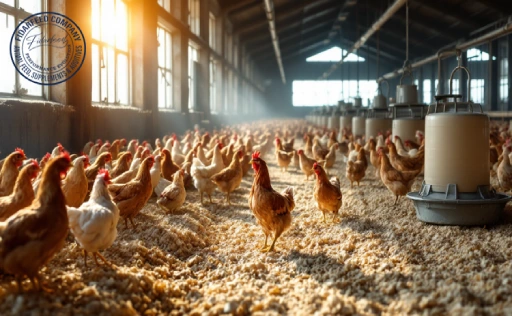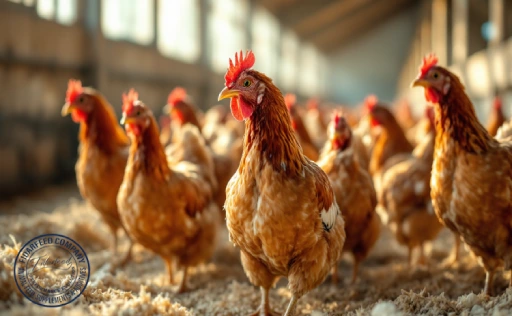
Cockatiel care is more than just feeding and cleaning; it’s about understanding, nurturing, and supporting these intelligent, affectionate birds—especially when it comes to breeding them at home. Whether you’re a seasoned aviculturist or a beginner taking your first steps, achieving home breeding success with cockatiels is absolutely possible with the right knowledge, tools, and mindset.
This article brings together 10 expert tips that simplify the breeding process while enhancing the health and happiness of your birds. If you’re hoping to raise strong, socialized cockatiels in a home environment and perhaps even build a small breeding business, read on. You’re in the right place.
Why Cockatiel Care and Home Breeding Can Be Rewarding and Profitable
Cockatiel care is more than just a hobby—it’s a deeply rewarding experience, especially when it leads to successful home breeding. Whether you’re new to bird keeping or an experienced breeder, the joy of raising happy, healthy cockatiels and watching them bond, mate, and hatch chicks can be both emotional and financially beneficial.
Learn more about: Synbiotic Supplement for Birds
Home breeding success doesn’t happen overnight, but with the right care, knowledge, and patience, you can create a thriving home setup. Read on to discover how to get there!
Creating the Ideal Environment for Cockatiel Care and Breeding
A peaceful, safe, and clean environment is essential for cockatiel care and successful breeding. Cockatiels thrive in calm surroundings with consistent temperature, natural light, and minimal noise.
Learn more about: Probiotic Caged Birds: The Key to a Healthier Companion
Their cage or aviary should be spacious enough for flight and include perches of various sizes, safe toys, and space for nesting. Hygiene matters—dirty environments can cause stress or sickness, leading to breeding failures.
Choosing the Right Breeding Pair for Home Breeding Success
Not every pair will bond or breed successfully. Look for mature, healthy cockatiels (at least 12–18 months old) with vibrant feathers, clear eyes, and strong energy. Pairing should be natural—forcing two birds together can create tension.
Learn more about: Why Is My Bird Plucking Its Feathers? Top Mental and Health Reasons
When you aim for home breeding success, selecting a compatible pair is your first big step.
Cockatiel Care Through Nutrition: Feeding for Health and Breeding Success
Nutrition is the foundation of both cockatiel care and successful reproduction. Breeding birds need more than just seeds. A well-rounded diet includes pellets, fresh vegetables (like spinach, carrots, and sweet potato), sprouted seeds, and protein-rich foods like boiled egg or legumes.
Learn more about: Stress in Pet Birds: A Comprehensive Guide to Causes, Prevention, and Treatment
Calcium is especially critical for females—cuttlebone and mineral blocks help prevent egg-binding, a serious risk.
Nesting for Home Breeding Success: What Your Cockatiels Really Need
A proper nesting box can make all the difference. Wooden boxes (about 12″x12″x12″) with a small entry hole give the pair privacy and security.
Learn more about: Creating the Perfect Habitat for Breeding Pet Birds
Inside, provide safe nesting material like shredded paper, pine shavings, or dried palm leaves. Avoid synthetic fibers—they can wrap around legs and cause injury. These details matter when you’re working toward consistent home breeding success.
Cockatiel Mating Behavior and Monitoring for Breeding Success
Watch for signs like mutual preening, singing, and the male tapping or dancing. Once mating begins, the female will likely lay 4–6 eggs over several days.
It’s essential to monitor but not disturb too much—excessive interference can cause birds to abandon the nest. Patience is key in this phase of cockatiel care.
Supporting Cockatiel Care During Egg Laying and Incubation
Once eggs are laid, incubation begins—usually by both parents taking turns sitting. This process takes about 18–21 days. Maintain a quiet, stable environment during this time.
Make sure your birds have enough nutrients, especially calcium and protein. Checking on the progress from a distance ensures their comfort and increases the chances of successful hatching, contributing to home breeding success.
Cockatiel Care for Hatchlings: From Day One to Weaning
Newborn chicks are blind and featherless, completely dependent on their parents. Let the parents do most of the work unless there’s an emergency. Around 10 days old, you can start gently checking the chicks and monitoring their growth.
Learn more about: Want a Healthy Pet Bird? Try Probiotics
By week 5–6, they’ll begin exploring and eating on their own. Weaning should be gradual, using soft foods like warm mash, millet sprays, and soft pellets. This stage is critical for both the chicks and your overall cockatiel care routine.
Home Breeding Success: Overcoming Common Cockatiel Challenges
Even with preparation, issues can arise—infertile eggs, aggressive parents, abandoned chicks, or illness. Keep a trusted avian vet on call and learn to recognize signs of stress or disease early.
If chicks are rejected, hand-rearing may be necessary—a task that requires training, hygiene, and frequent feeding. Staying educated and connected to other breeders can help you handle these challenges and keep your home breeding success story on track.
Long-Term Cockatiel Care: Building a Healthy Breeding Routine
Successful breeding isn’t just about one clutch—it’s about sustaining bird health over time. Avoid overbreeding by giving your birds rest periods between cycles. Maintain a log of breeding dates, chick development, and any health notes.
Continual improvement in your cockatiel care practices will lead to better outcomes, healthier birds, and a stronger reputation in the breeding community.
Conclusion
Cockatiel care and home breeding success go hand-in-hand. By providing the right environment, nutrition, attention, and patience, you can transform your home into a safe and joyful space for raising healthy, happy cockatiels. Whether you’re just starting out or refining your current setup, these expert tips can make a lasting difference.
Have questions, experiences, or tips of your own? Leave a comment below—we’d love to hear from you!







